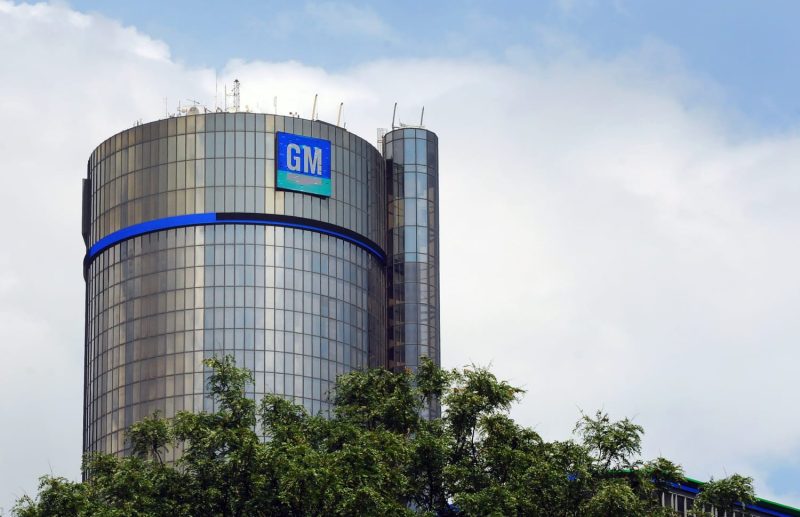In a significant move illustrating the evolving dynamics of the automotive industry, American automaker giant General Motors (GM) has taken a conspicuous decision to lay off roughly 1,000 of its workers. This strategic move falls within the broader context of GM’s ongoing reorganization and the implementation of definitive cost-cutting measures.
According to news reports, these layoffs primarily affect the legendary Moraine, Ohio assembly plant, the backbone of GM’s midsize SUV production. While the official reason for the layoffs is a shift in consumer preferences towards other lines of GM models, multiple sources indicate that underlying factors include the company’s reorganization efforts and the need to keep operational costs manageable and sustainable.
This sweeping decision sends several significant ripples across the industry, underlining the harsh realities of modern automotive production and business volatility due to unpredictable consumer behaviour. It must be noted that the layoffs are a part of GM’s wider footprint reduction strategy with a conscious drift towards more profitable and market-demanded models.
To further underline the drastic nature of these measures, GM had, in recent years, invested heavily in the Moraine plant, demonstrating a significant commitment to maintaining a robust manufacturing presence. However, these mass layoffs signify a conscious shift in strategy focused on cost-efficiency, profitability and keeping up with shifting global market demands.
Another essential dimension to this development is the potential economic impact on Moraine and the wider Ohio region. As it is, the layoffs constitute a serious blow to the local economy, which heavily relies on the vast assembly plant for employment and revenue. In this manner, GM’s structural rejig holds ramifications that extend far beyond its organizational confines.
This move by GM reveals a crucial aspect of contemporary corporate strategy: a ruthless pursuit of efficiency and profitability, necessitating difficult decisions and often leading to job losses. In industries as competitive and swiftly changing as the automotive sector, companies must constantly adapt and recalibrate their operations to stay ahead.
However, GM’s recent decision puts a significant human cost on these corporate maneuvers. A total of around 1,000 employees are facing the grim reality of job loss, highlighting the turbulent nature of the current job market.
It is also important to address that this type of workforce downsizing might not be an isolated incident. With the automotive industry heading towards more energy-efficient and automated production methods, traditional manufacturing roles may continue to be increasingly scarce.
Overall, GM’s decision is a dire reflection of the automotive industry’s shifting landscape, demonstrating a move towards more streamlined and cost-effective operations. This relatively grim scenario is a reality that manufacturing-centric companies, employees, as well as local economies, must be prepared to face. With this in mind, GM’s approach may highlight a strategy other major corporations might adopt, intertwining the quest for profitability with the unfortunate human toll that sometimes results in navigating these complex business waters.




